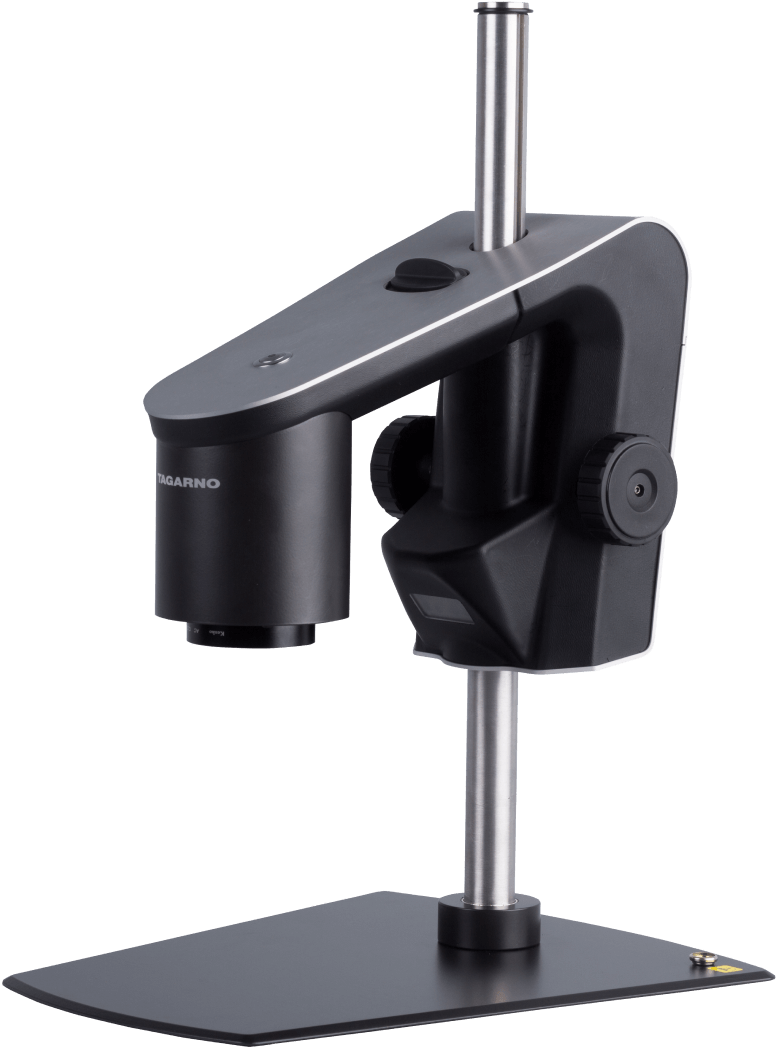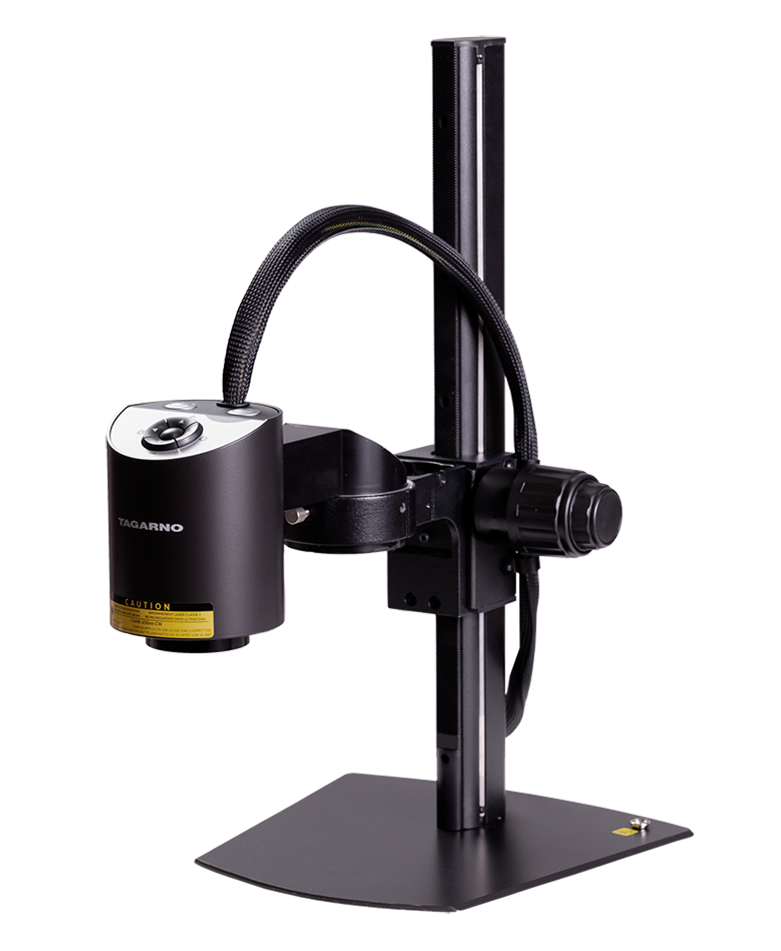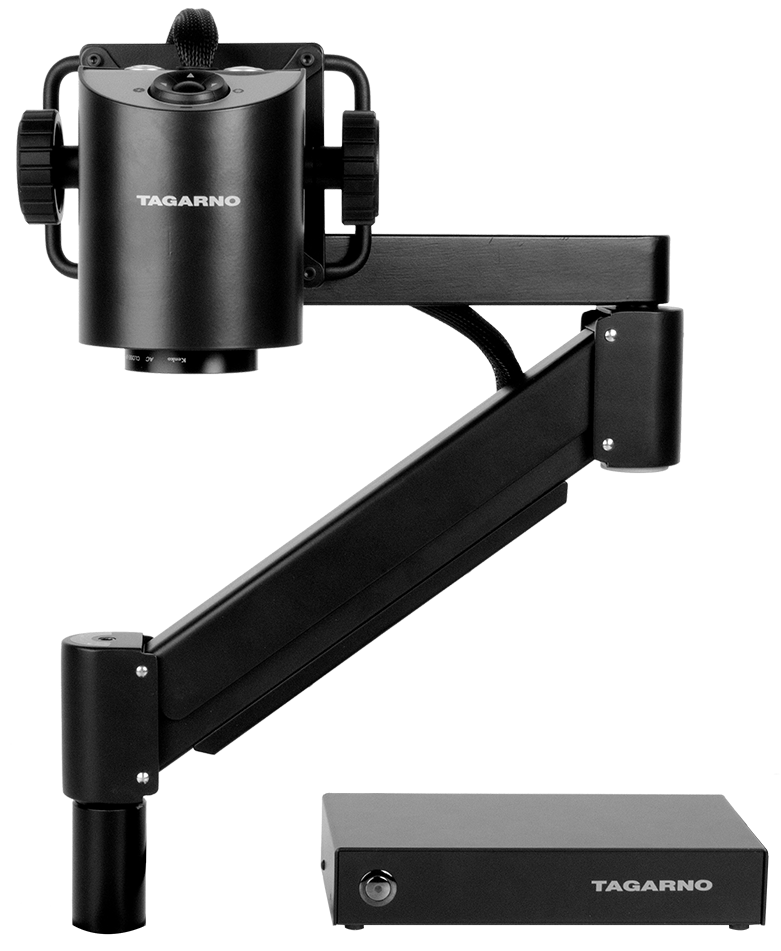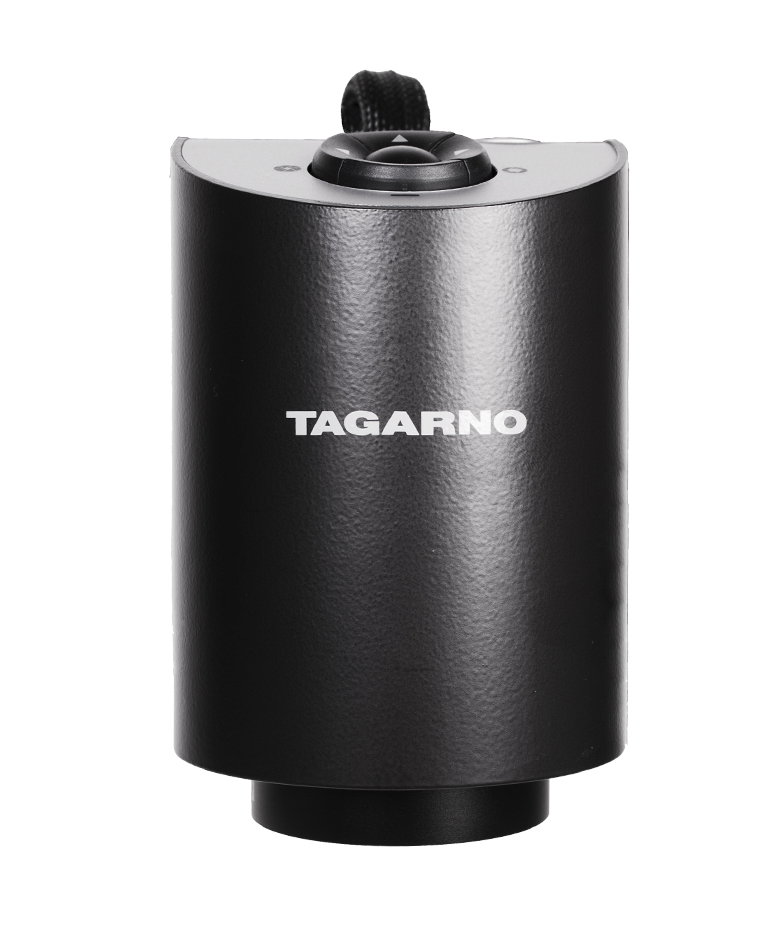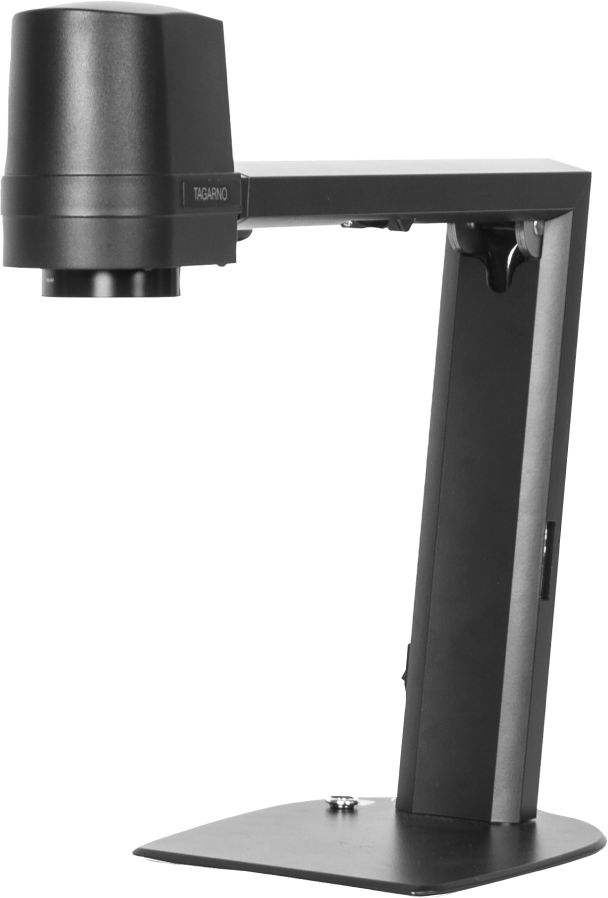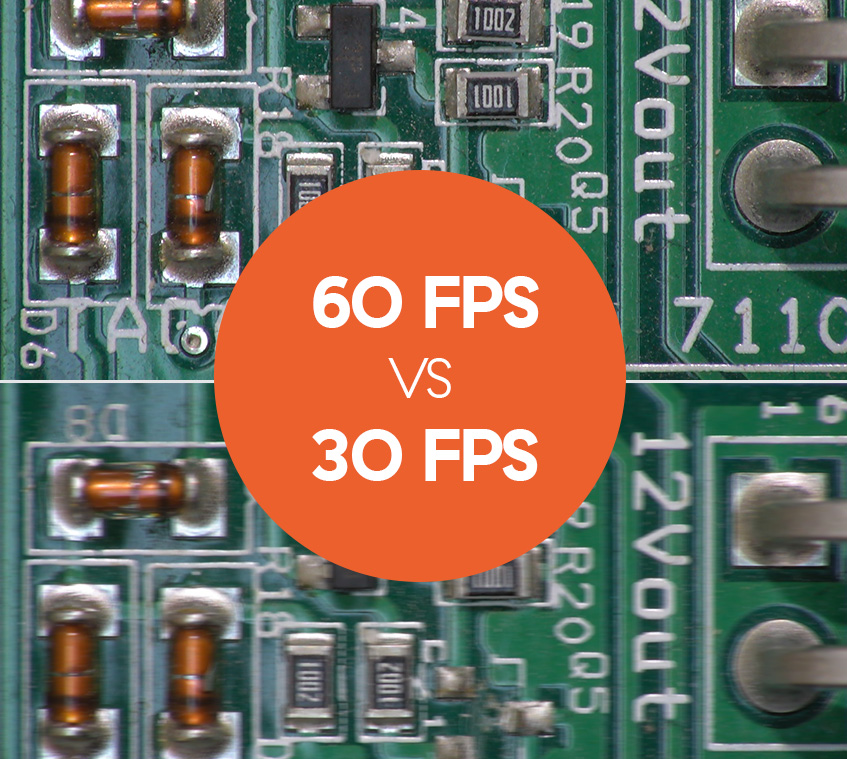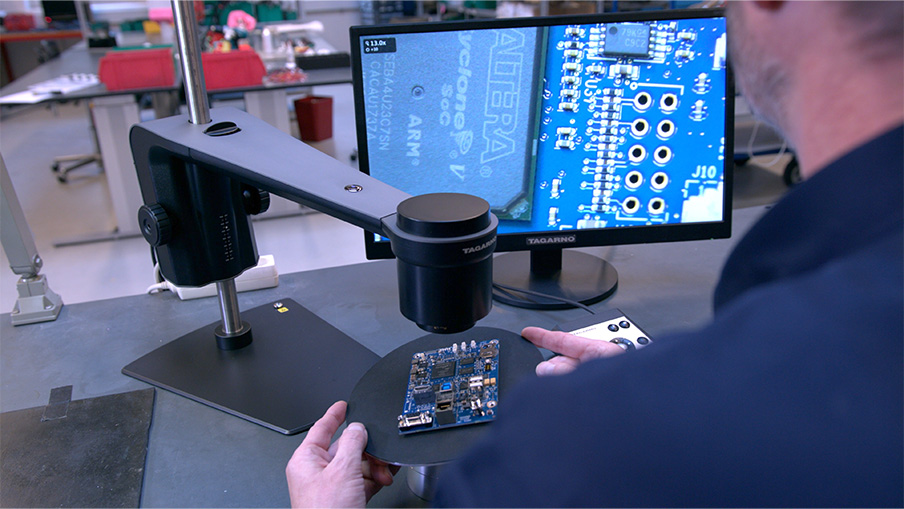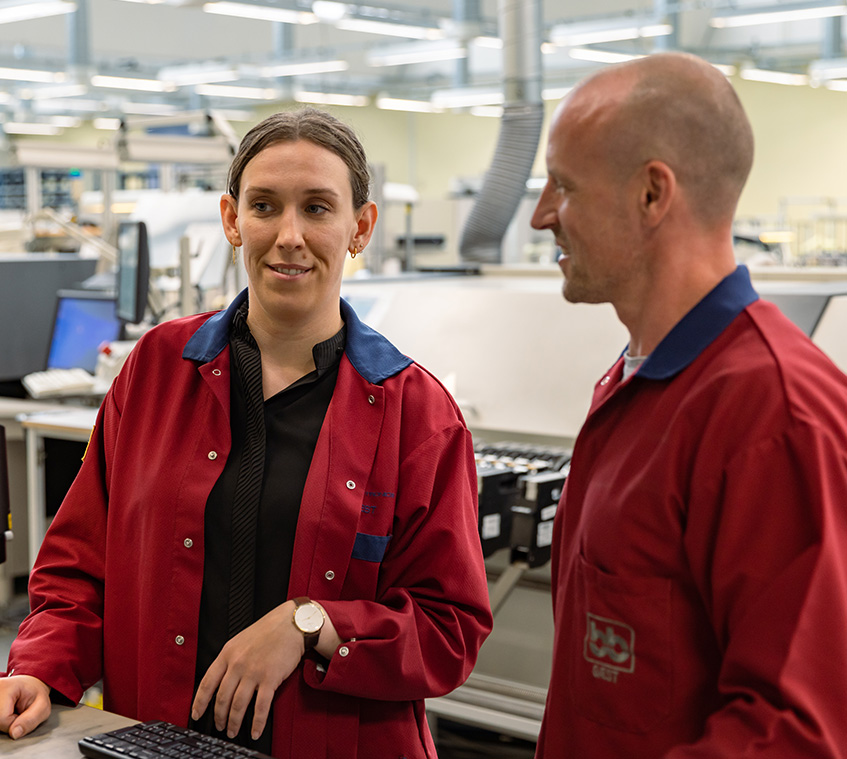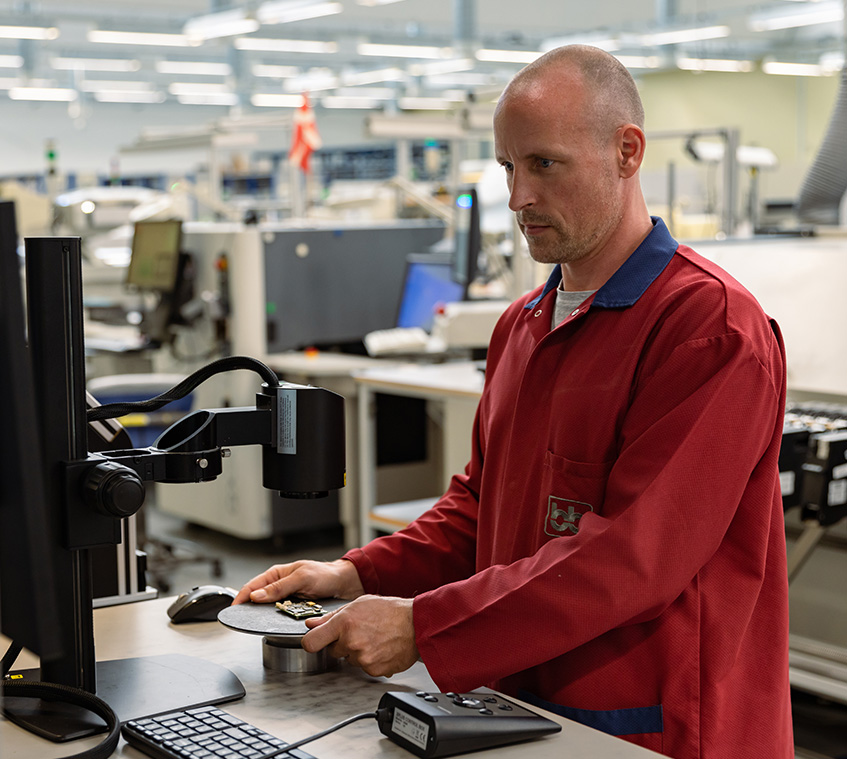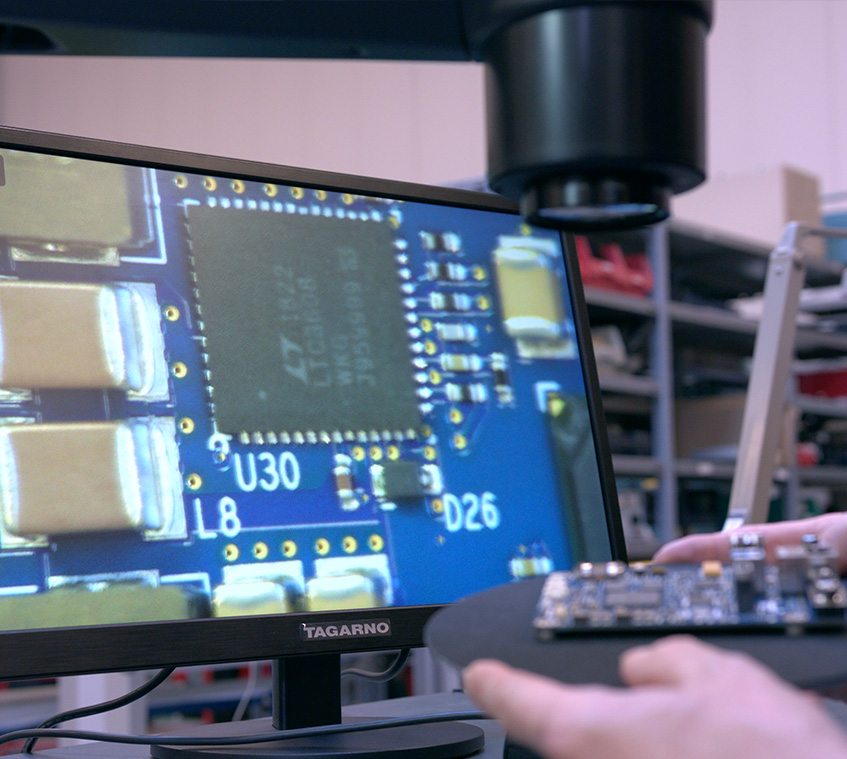While frame rate has long been a fundamental element within digital microscopy, the 4K digital microscopes that’s been available on the market so far have not provided the necessary frames per second (FPS) for a comfortable and efficient user experience on live images.
In this blog post, we’ll explore the nuances of frame rate within the context of 4K digital microscopes and dive into why some 4K digital microscopes claiming 60FPS drop to 30FPS on live images.
We’ll also explain why choosing a digital microscope with 4K/60FPS on recorded as well as live images, such as the TAGARNO T50, can not only enhance comfort but also alleviate operator fatigue for increased efficiency.
